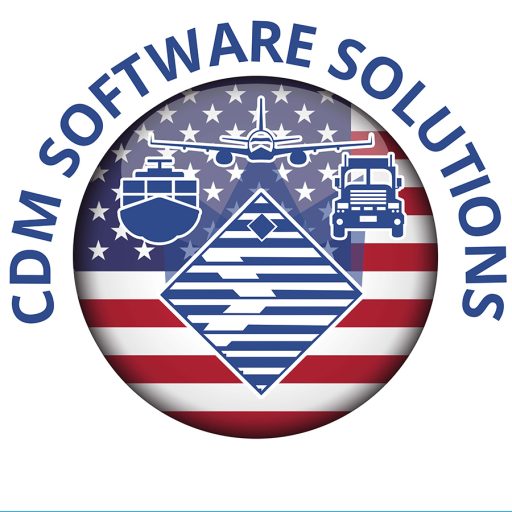Shipping compliance procedures are an integral part of the logistics landscape, ensuring the smooth flow of goods while adhering to a myriad of regulations and standards. However, the complexity of these procedures can be overwhelming, posing challenges for businesses striving to stay compliant in an ever-evolving regulatory environment. In this article, we delve into the reasons behind the intricacy of shipping compliance and explore how advanced logistics software is instrumental in simplifying these complex processes.
The global nature of trade means that businesses must navigate a complex web of international, national, and industry-specific regulations. Each country may have its own set of customs rules, import/export restrictions, and documentation requirements. Navigating this multifaceted regulatory landscape demands meticulous attention to detail and a comprehensive understanding of diverse compliance protocols.
Regulatory requirements are subject to constant changes and updates. New trade agreements, tariffs, and customs regulations can be implemented, creating a dynamic environment that demands agility from logistics professionals. Staying abreast of these changes manually can be time-consuming and prone to errors, increasing the risk of non-compliance.
Shipping compliance involves an extensive array of documentation, including bills of lading, commercial invoices, certificates of origin, and various permits. Different countries and industries may have unique documentation prerequisites, adding to the complexity. The need for accurate and properly formatted documentation is paramount to avoid delays and penalties.
Non-compliance with shipping regulations can lead to severe consequences, including hefty fines, shipment delays, and damage to a company’s reputation. The high stakes involved in adhering to shipping compliance procedures intensify the pressure on logistics professionals to ensure accuracy and precision in every step of the shipping process.
How Logistics Software Simplifies Shipping Compliance:
Automation of Compliance Checks:
Advanced logistics software automates compliance checks by integrating with databases that house the latest regulatory information. This automation ensures that shipments are consistently screened against current regulations, reducing the risk of oversights and non-compliance.
Real-Time Updates and Alerts:
Logistics software provides real-time updates on changes in regulations, tariffs, or documentation requirements. Automated alerts notify logistics professionals of any modifications relevant to their shipments, enabling swift adjustments and proactive compliance.
Centralized Documentation Management:
Centralizing documentation management within a logistics software platform streamlines the process. Logistics professionals can access, manage, and generate necessary documents in a standardized format, reducing the likelihood of errors and ensuring consistency across shipments.
Integration with Customs Authorities:
Logistics software often integrates with customs authorities’ systems, facilitating seamless communication. This integration allows for electronic submission of documentation, expediting customs clearance and reducing the risk of delays or errors associated with manual processes.
Enhanced Visibility and Reporting:
Logistics software provides enhanced visibility into the entire shipping process. Comprehensive reporting features enable businesses to track and analyze their compliance performance, identify areas for improvement, and demonstrate adherence to regulations when required.
The complexity of shipping compliance procedures is a formidable challenge for businesses engaged in international trade. However, the integration of advanced logistics software is proving to be a transformative solution. By automating compliance checks, providing real-time updates, centralizing documentation management, integrating with customs authorities, and offering enhanced visibility, logistics software plays a pivotal role in simplifying shipping compliance procedures. In an era where efficiency and accuracy are paramount, leveraging technology to navigate the intricacies of shipping compliance is not just a strategic choice but a necessity for businesses aiming to thrive in the global marketplace.

